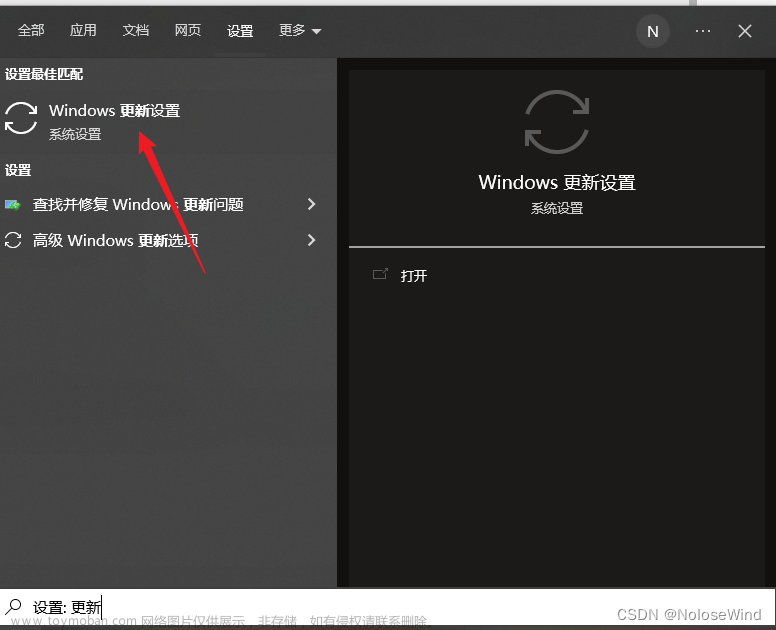引言
日常运行测试用例,有时需要自定义命令行参数,比如不同环境的对应的配置是不一样的,这样就需要传一个环境参数来执行,根据执行的环境选择对应的配置文件。今天就来了解一下用户自定义命令行参数选项。
想了解更多 Behave 相关的文章,欢迎阅读《Python BDD Behave 系列》,持续更新中。
behave -D
执行下面命令来查看 Behave 命令行选项
behave -h
其中 behave -D 选项是 Behave 命令行工具的一个功能,用于从命令行传递用户定义的配置参数。通过 -D 或 --define 选项,您可以设置键值对,这些键值对将存储在 context.config.userdata 中,以供测试脚本中使用,可以通过 context.config.userdata 字典来访问这些变量
-D NAME=VALUE, --define NAME=VALUE
Define user-specific data for the config.userdata dictionary. Example: -D foo=bar to
store it in config.userdata[“foo”].
使用方式如下:
behave -D key1=value1 -D key2=value2 ...
其中,key1=value1、key2=value2 是您想要传递给 Behave 测试的配置参数。
例如,如果您有一个测试需要使用用户名和密码,您可以这样传递:
behave -D username=myuser -D password=mypassword
然后,在测试脚本中,您可以通过 context.config.userdata 访问这些参数:
# 在 Behave 测试脚本中访问配置参数
username = context.config.userdata.get('username', '')
password = context.config.userdata.get('password', '')
还有一种方式,通过在配置文件 behave.ini 定义
如:
[behave.userdata]
env = dev
step 脚本里可以通过 context.config.userdata[‘env’] 访问
behave -D 应用
下面举个简单粗暴的例子
feature 文件
创建 user_data.feature 文件
# user_data.feature
Feature: Context User Data Example
@user_data
Scenario: User data scenario
Given user data is set
Then get the user data
behave.ini 配置文件
定义了用户自定义参数:
[behave.userdata]
env = dev
# behave.ini
[behave]
paths=BDD/Features/user_data
dry_run = false
format = my_html
stdout_capture = false
outfiles = my_report.html
[behave.formatters]
my_html = behave_html_formatter:HTMLFormatter
[behave.userdata]
env = dev
step 文件
创建 user_data_steps.py 文件
通过 context.config.userdata[‘param_name’] 来访问用户自定义的参数
# user_data_steps.py
from behave import *
@given('user data is set')
def step_user_data_is_set(context):
pass
@then('get the user data')
def then_get_user_data(context):
print(f"env:{context.config.userdata['env']}")
print(f"user:{context.config.userdata['user']}")
print(f"pw:{context.config.userdata['pw']}")
执行
在当前目录 BDD,执行命令 behave -D user=zhang -D pw=2024
-D user=zhang -D pw=2024 定义了两个自定义的变量参数文章来源:https://www.toymoban.com/news/detail-775366.html
step 实现可以访问到这些参数,分别打印出了这些变量文章来源地址https://www.toymoban.com/news/detail-775366.html
PS C:\Automation\Test\BDD> behave -D user=zhang -D pw=2024
Feature: Context User Data Example # BDD/Features/user_data/user_data.feature:1
@user_data
Scenario: User data scenario # BDD/Features/user_data/user_data.feature:4
Given user data is set # BDD/steps/user_data_steps.py:3
Then get the user data # BDD/steps/user_data_steps.py:7
env:dev
user:zhang
pw:2024
1 feature passed, 0 failed, 0 skipped
1 scenario passed, 0 failed, 0 skipped
2 steps passed, 0 failed, 0 skipped, 0 undefined
Took 0m0.000s
到了这里,关于BDD - Python Behave 用户自定义命令行选项 -D的文章就介绍完了。如果您还想了解更多内容,请在右上角搜索TOY模板网以前的文章或继续浏览下面的相关文章,希望大家以后多多支持TOY模板网!











